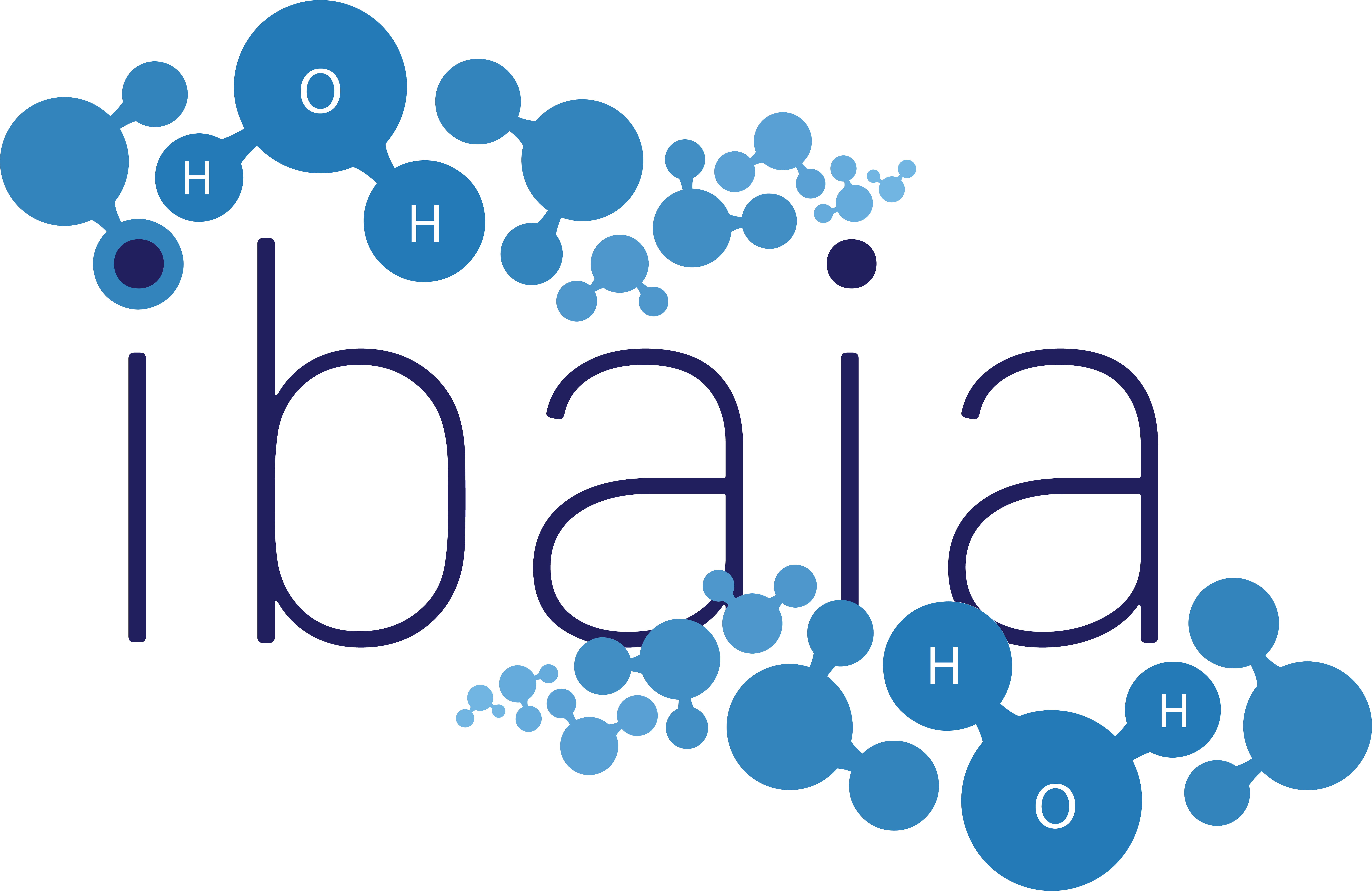4-year project |17 partners | 8 countries
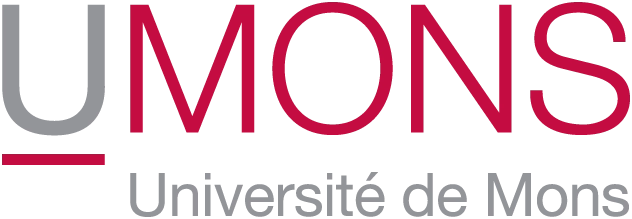
Université de Mons (UM)
UM are experts in the deposition of polymer films with tailored chemical composition and will use their expertise to develop the polymer hydrophobic layer in WP4 that will be used to prevent unwanted adsorption by the microfluidic systems that will be used to connect the sensors.

Argotech (ARGO)
ARGO, a leading SME providing manufacturing services, customised product design, and engineering services in the fields of optics, electronics, and mechanics, will lead the packaging of the sensor modules and integration into a single system in WP5.
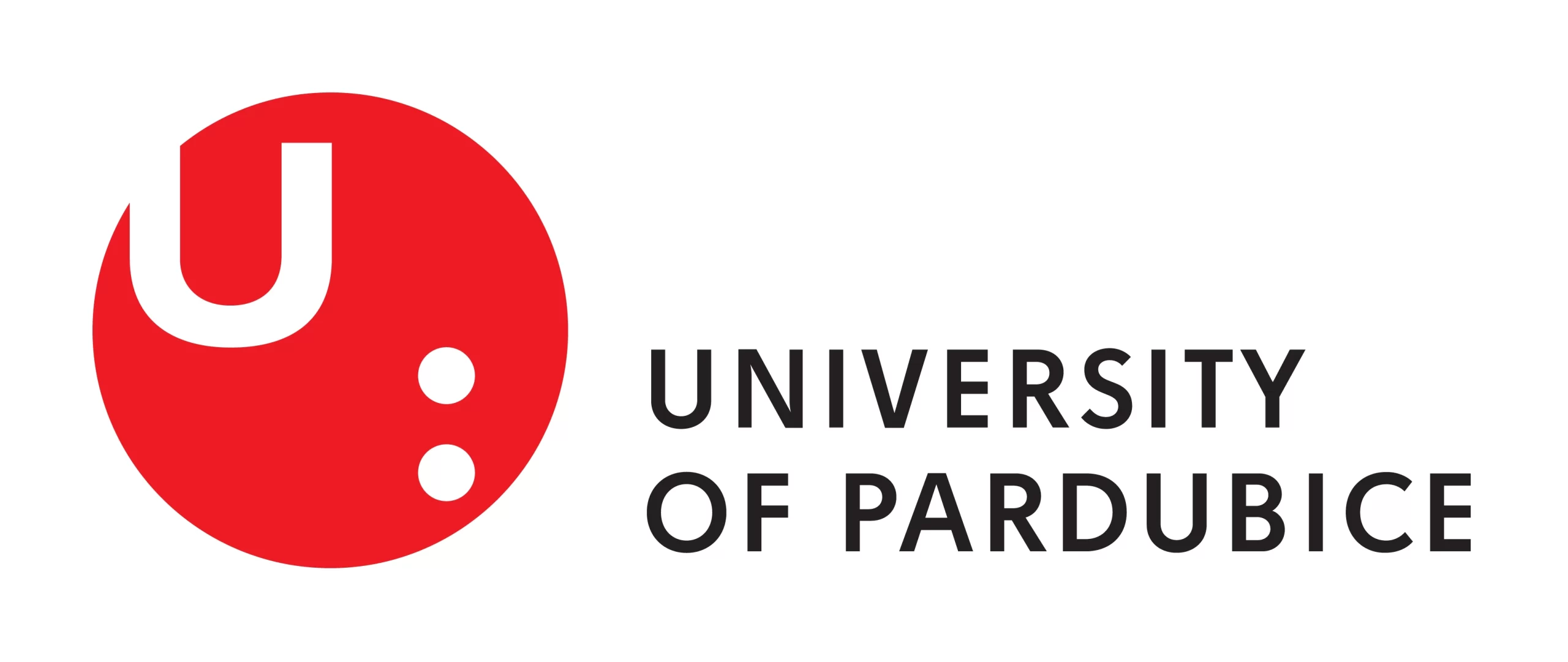
Univerzita Pardubice (UP)
UP are experts in the development of innovative methods and materials for the detection and/or measurement of organic pollutants and will be working on thin-film deposition for the Visible-NIR sensor in WP2.
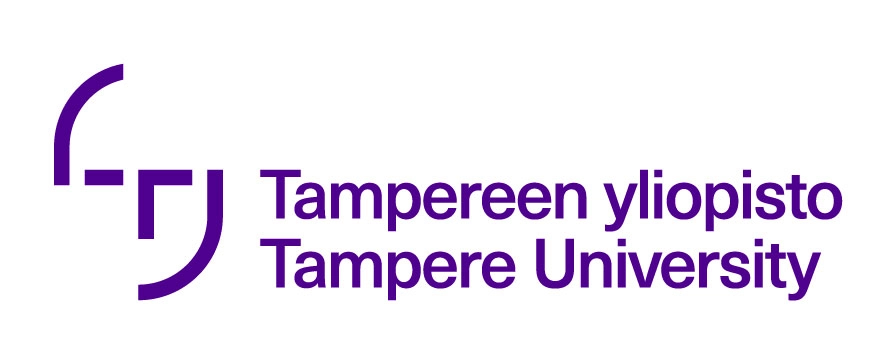
Tempere University (TAU)
TAU are experts in the development of innovative methods and materials for the detection and/or measurement of microplastics and will be responsible for the development of photonic RE-doped oxide glass materials in WP2.

University of Eastern Finland (UEF)
WP2 Leader. UEF are experts in the development of innovative methods and materials for the detection and/or measurement of microplastics, and their work in IBAIA will focus on the fabrication of channel waveguides, development of the Mach-Zehnder interferometer and the Young interferometer (WP2), and lab testing of the Visible-NIR sensor (WP6).
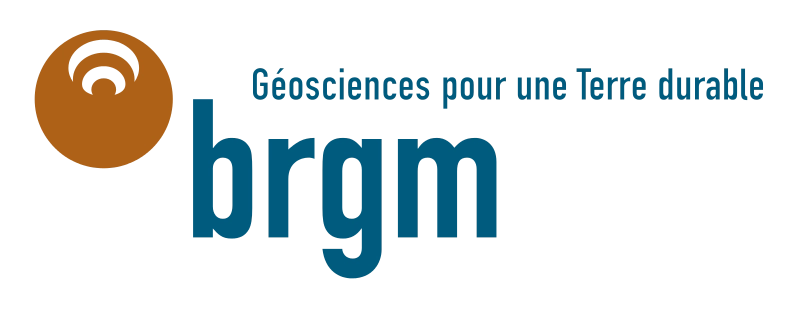
Bureau de Recherches Géologiques et Minières (BRGM)
BRGM will study the analytical performance of the carbon electrode for As and nitrate sensing (WP3), perform analytical experiments and calibration of the EC sensor (WP3), and conduct pilot scale testing with artificial samples, environmental samples, and wastewater samples to evaluate IBAIA sensor performance (WP6).
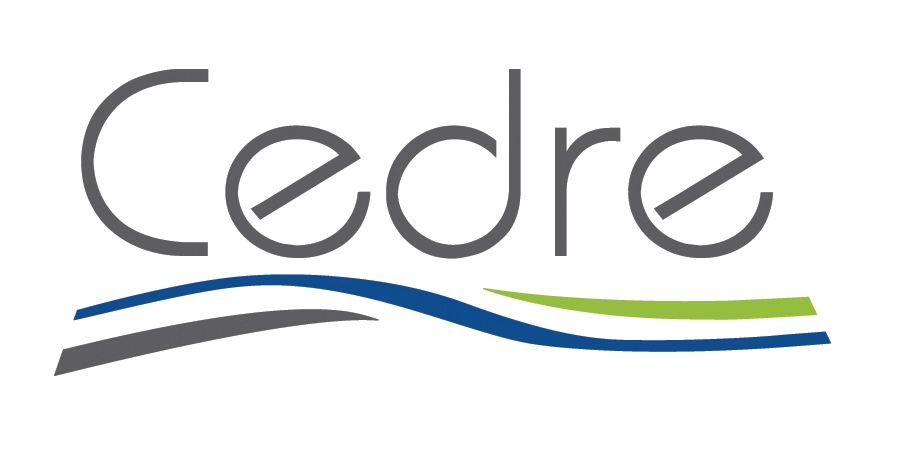
CEntre de Documentation, de Recherche et d'expérimentation sur les pollutions accidentelles des Eaux (CEDRE)
CEDRE, who are international experts in accidental water pollution, will perform lab testing of EC sensors (WP3) and lab validation of Mid-IR and EC sensors in wastewater. They will also conduct pilot-scale testing of the full IBAIA system in accidental chemical release scenarios (WP6).
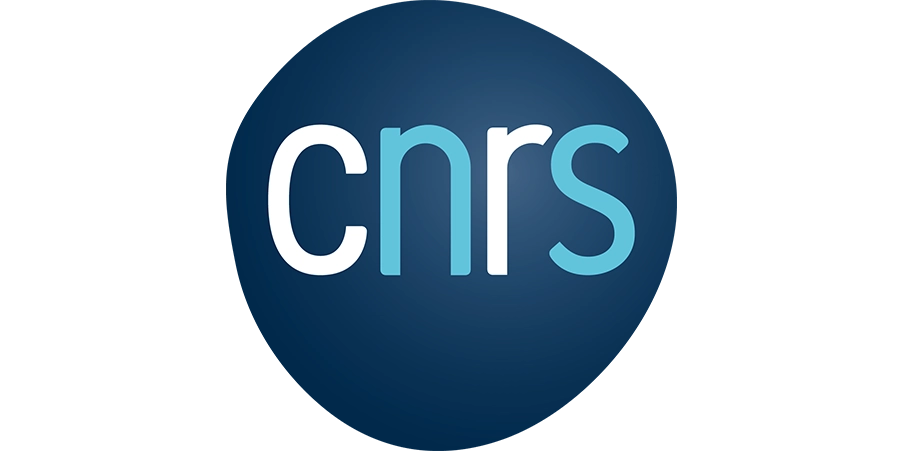
CNRS including Université de Rennes-1 (CNRS-UR1) and Laboratory for Analysis and Architecture of Systems (CNRS-LAAS)
CNRS-UR1, leader of WP1, has expertise in the development of EC sensors based on microelectrodes and electrode surface modifications for environmental applications. Their work in IBAIA will include the manufacturing of Chg glass target and thin films and the development of the Mid-IR transducers in WP2, Cd sensing experiments with carbon electrodes in WP3, Functionalisation of the sensors for detection of the target molecules in WP4, and characterisation of the Mid-IR sensor in the lab with artificial samples in WP6.
CNRS-LAAS are specialists in system integration, and their work will include the development of methodology for optical characterization of the optode as well as the development of the optode readout device in WP2.
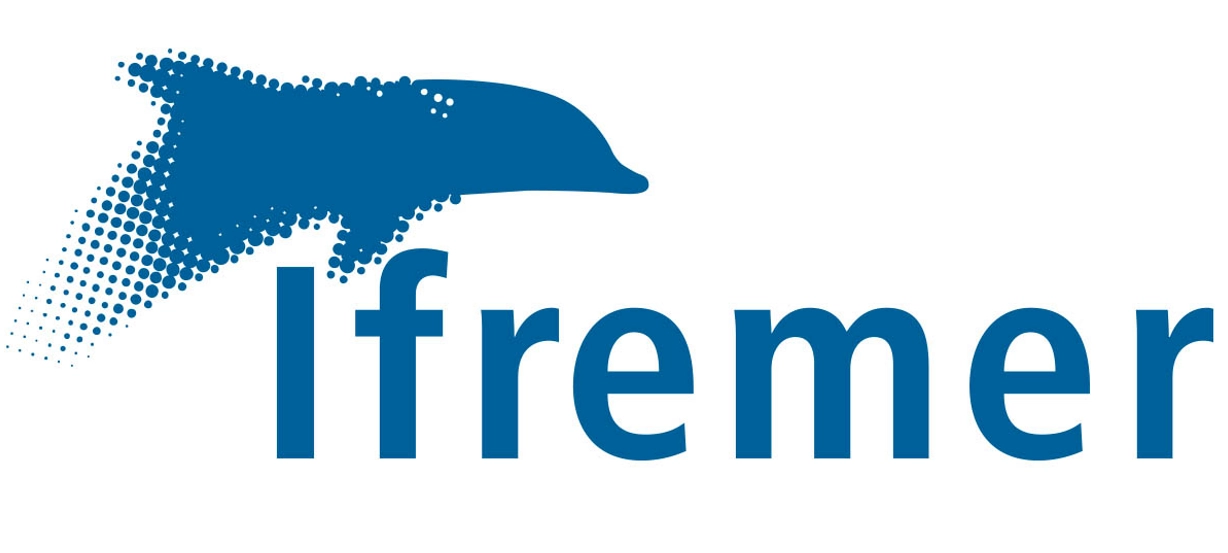
Institut Français de Recherche pour l'Exploitation de la Mer (IFREMER)
IFREMER, experts in ocean science, will lead WP3 of IBAIA. Their role will include the definition of the instrumental specifications and test performances of the Vis-NIR Sensor chips (WP2), characterisation of carbon electrodes for the EC sensor (WP3), developing the EC sensor microfluidic platform with 3D printing and identification of test pumps and valves (WP4), and laboratory and pilot-scale testing and calibration of the sensors (WP6).

KLEARIA
KLERIA is a dynamic SME developing sensors for metallic trace element detection. In IBAIA, KLEARIA’s work will include manufacturing the electrodes for the EC sensor (WP3), providing specifications for the design of the EC sensor microfluidic device (WP4), and integrating the EC sensor for packaging (WP5).

MIRSENSE
MIRSENSE is an innovative European SME that produces high-performance Mid-IR laser sources. In IBAIA, they will support the researchers working on the photonic sensing modules and advise on transducer design and design of the QCL array (WP2), as well as provide integration and support for packing of the MIR sensor module (WP5).
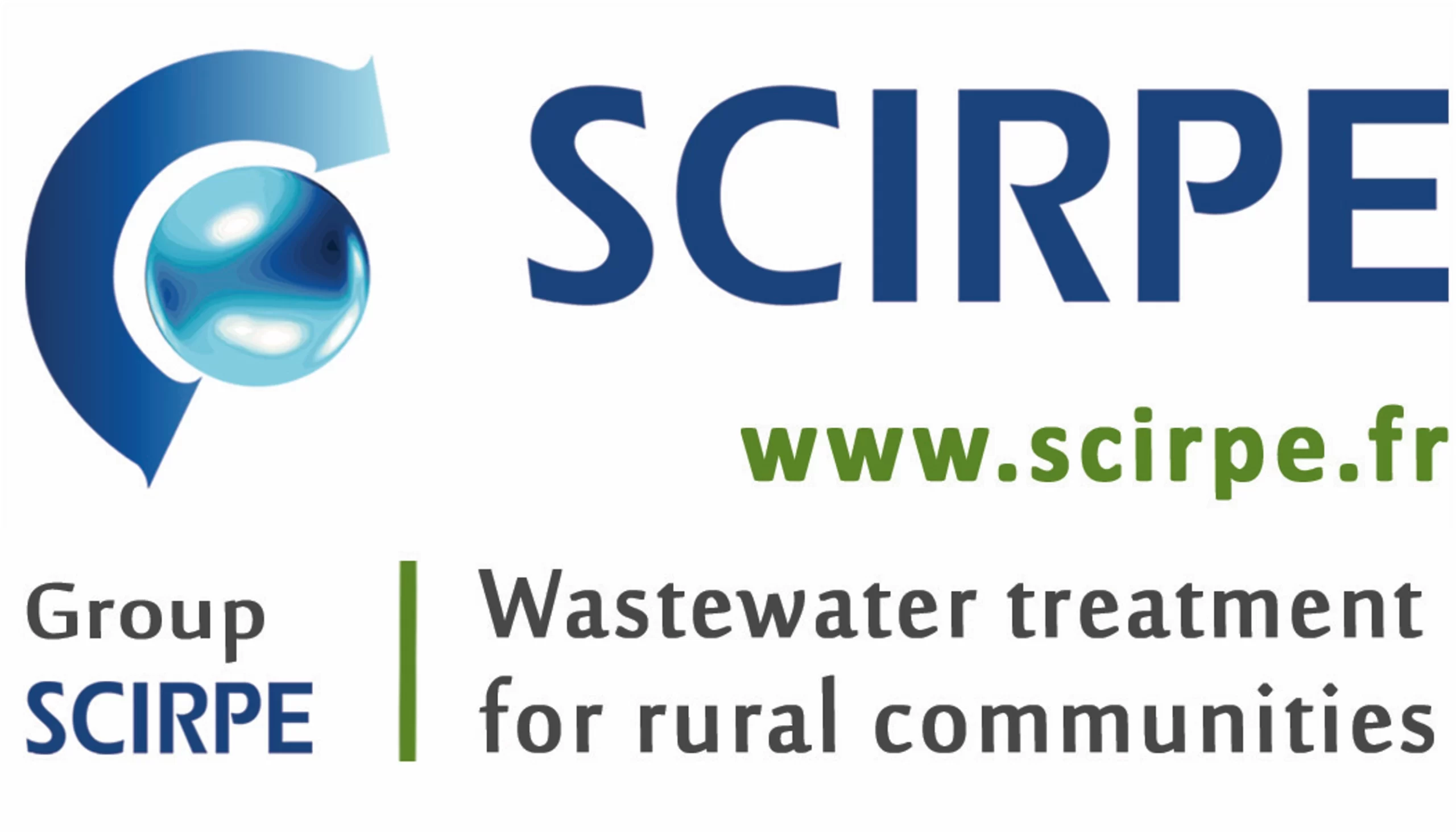
SCIRPE
SCRIPE, a wastewater engineering company, will conduct lab validation of Mid-IR and EC sensors in fresh/seawater, perform pilot scale testing of the full system in wastewater and evaluate the full IBAIA system at a wetland wastewater treatment plant (WP6)

Leibniz Institute of Photonic Technology (IPHT)
WP6 Leader. Integration of the software for the packaged sensors (WP5), data processing and implementation of automated data analysis (WP6).
IPHT, experts in machine learning and chemometrics-based analysis methods for photonics data, will lead WP6. Their work will include integration of the software for the packaged sensors (WP5) and data processing and implementation of automated data analysis to enable standardised and readable data from the integrated systems (WP6).

University of Duisburg-Essen (UDE)
UDE are experts in polymer chemistry and the development of functional polymers for sensing. In IBAIA, they will develop methods for liquid phase deposition of organic, inorganic or hybrid polymers (WP3).

VIGO PHOTONICS S.A. (VIGO)
VIGO is an innovative European SME that produces high-performance detectors. In IBAIA, they will support the researchers working on the photonic sensing modules by advising on the design of the Mid-IR transducer, manufacture superlattice detectors for Mid-IR and Vis-NIR modules (WP2) and provide support for integration and packaging of the sensors (WP5).

MICROLIQUID SL (MICROLIQUID)
MICROLIQUID have strong expertise in polymer microfluidic devices and will lead WP4 in IBAIA. Their work will include transfer and functionalization of the microfluidic systems and coordination of benchmarking in WP4, and support for sensor packaging in WP5.
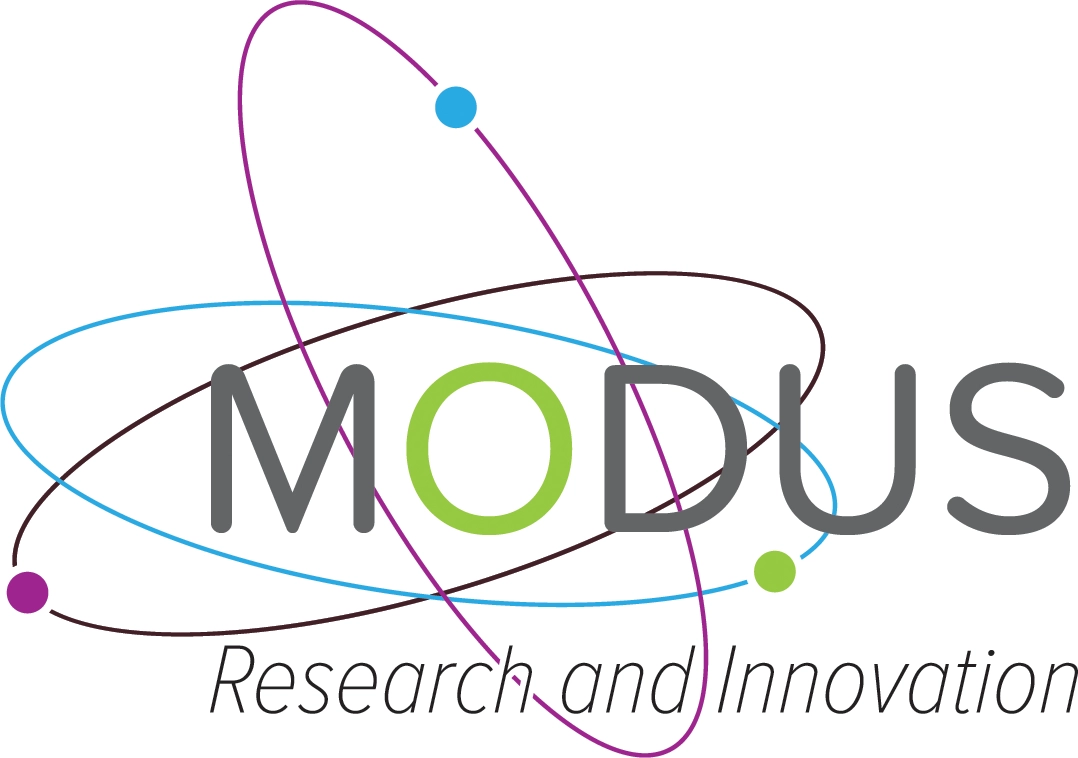
MODUS RESEARCH AND INNOVATION LIMITED (MODUS)
MODUS, an experienced provider of dissemination and communication of scientific projects as well as exploitation planning services, will lead WP7 and support the consortium in developing a comprehensive strategy for scale-up and exploitation of the IBAIA sensors, and develop dissemination and communication resources to promote IBAIA.
